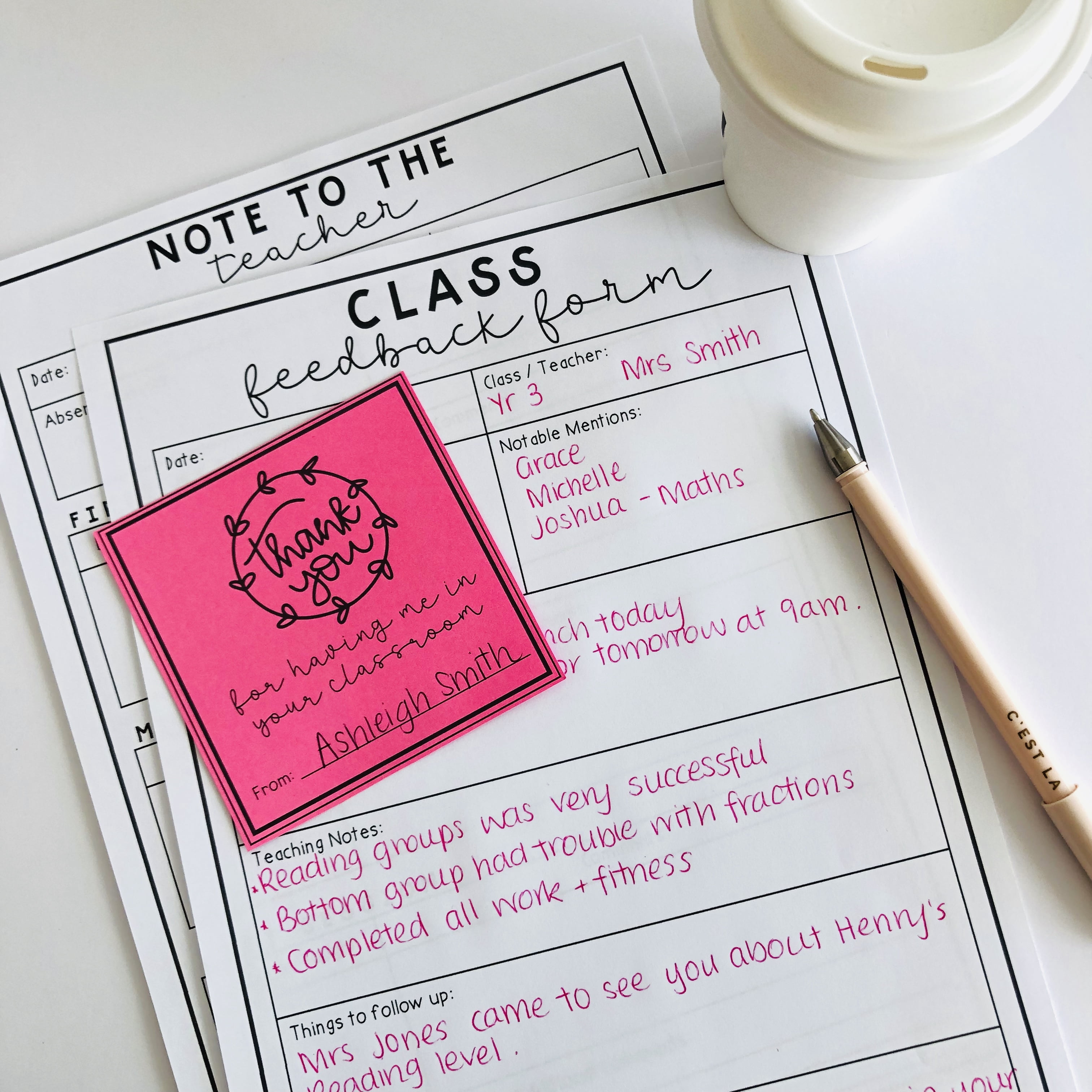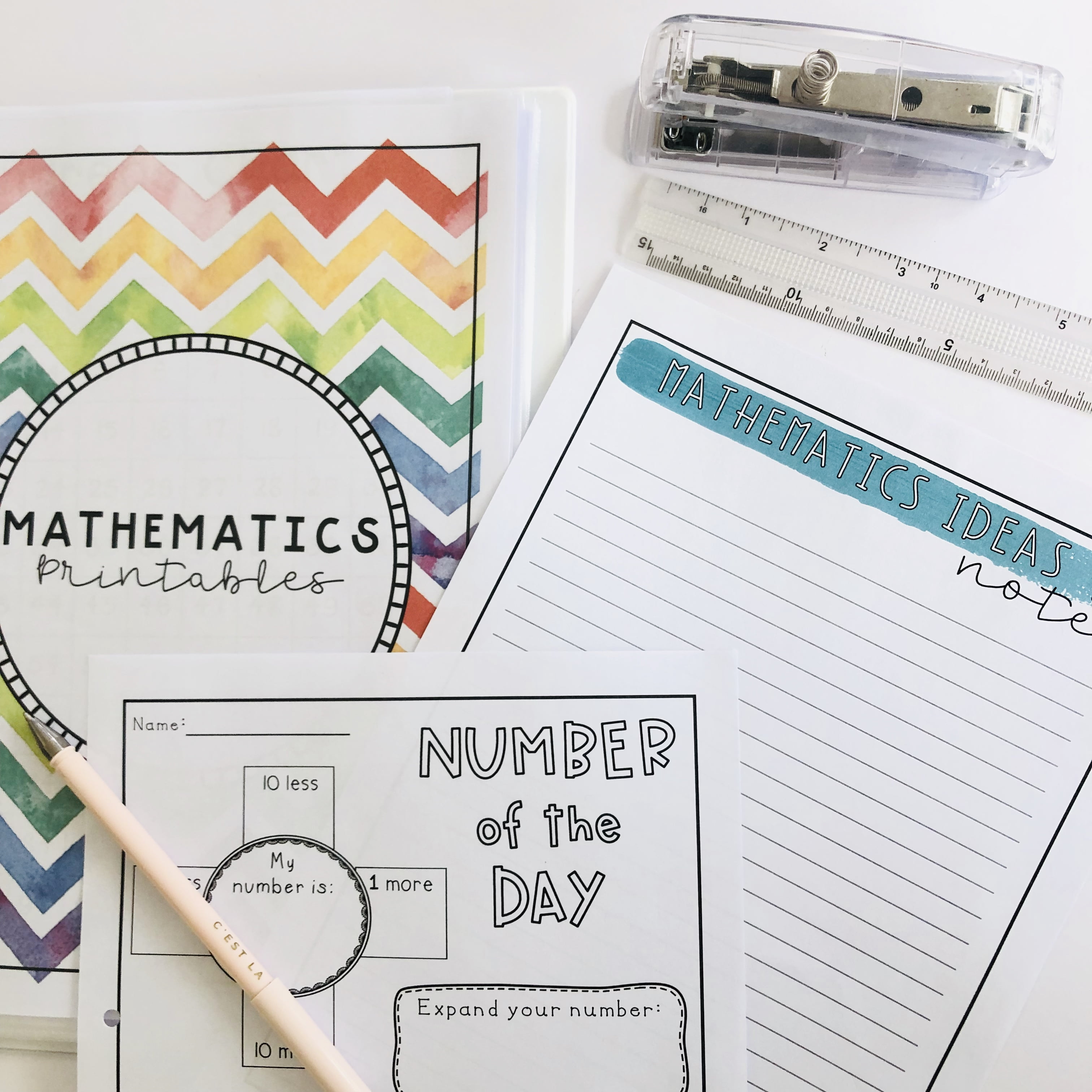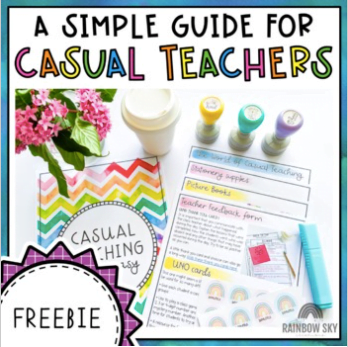Relief or casual teaching really requires a different set of skills, particularly when managing a classroom.
Perhaps it is filled with new faces and students you have never met before.
Perhaps it is in a new school that you have never worked at before.
Perhaps it is a grade level that you don’t feel as comfortable teaching.
Whatever the case is for you, we wanted to share some strategies that could help you manage a class that isn’t your own and thrive at the same time. If you are a full-time teacher reading this post, you can definitely stay to grab some tips and tricks, but we would also highly recommend you read our blog post about building a classroom community.
We have broken our ideas into three categories:
- An individual approach
- A team approach
- A personal approach
Like many things in teaching, there is no one size fits all. Look at this post as a pick and choose menu. You won’t be implementing every strategy we suggest all at the same time.
Individual approach
These strategies focus on setting up an individual system for the students you are teaching. Approaching classroom management from this perspective is good because you may not be aware of the class dynamics, and it also helps with intrinsic motivation.
An individual approach involves a positive reward system for each student. For example, handing out raffle tickets and drawing a raffle at the end of the day or choosing a star student/s of the day who followed expectations.
One individual system we like to use involves sticky notes and stamps. At the beginning of the day, every student gets a sticky note. They write their name on it (great to help you recall student names) and put it on their desk. Every time they meet expectations, they receive a stamp from you. At the end of the day, students are rewarded for their achievements. It could be:
- Choosing a book for the class to read together
- Being the line leader
- Choosing an end of day game
- Opting for a personalised letter to be sent home to their adults
- Taking home their sticky note or leaving it for their teacher with a special message from you
- Or you could link it with the system the school already has set up, like a bronze award, star card etc.
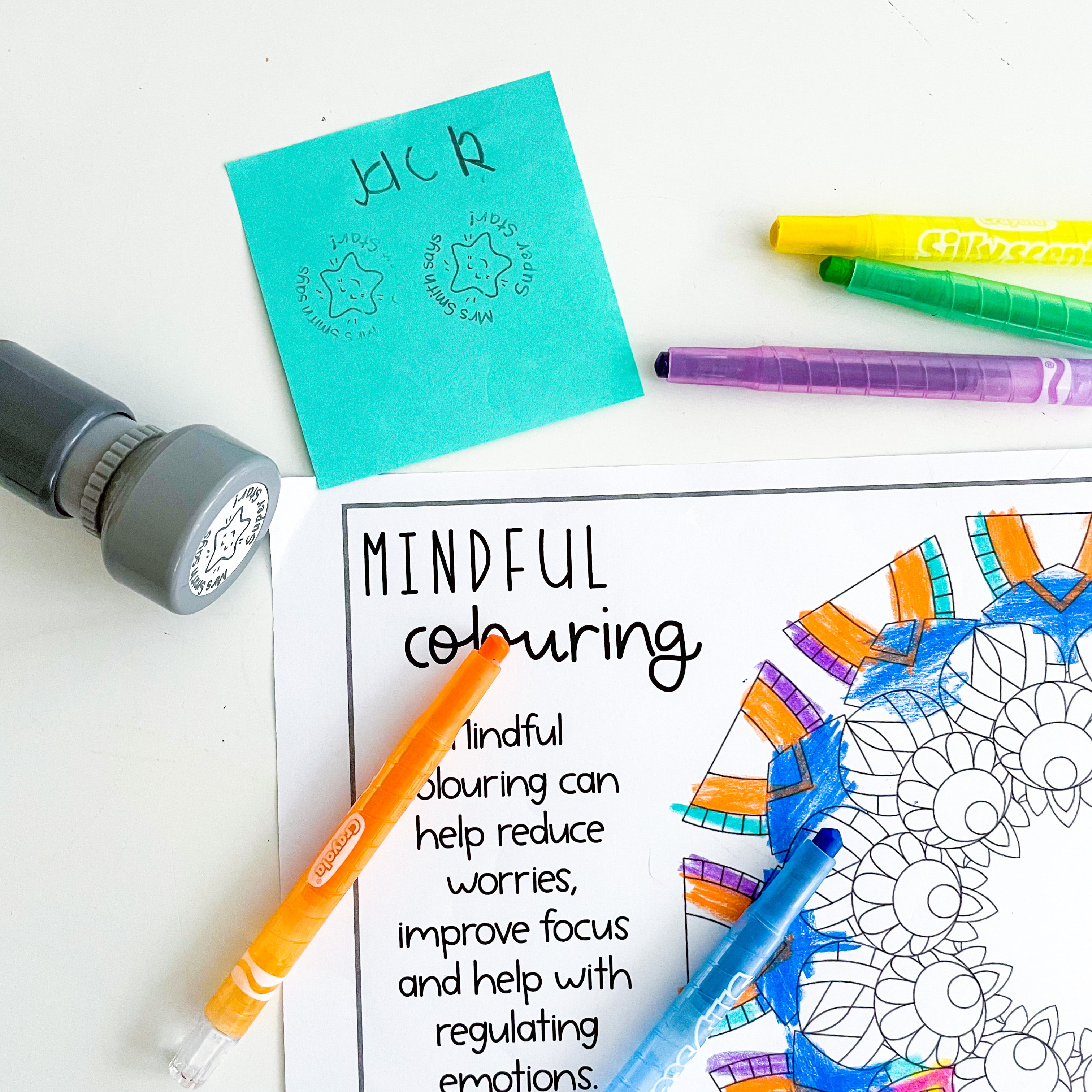
Team approach
Team strategies are about getting the class to work together to achieve a common goal. Everyone plays a role, and all are rewarded. You could simultaneously run an individual system alongside a team approach (so long as students know exactly what is expected and things aren’t too confusing).
Some examples of a team approach include:
-
- Table Points for the Day
Students often coach and self-regulate themselves when mini teams are set up in the classroom.
-
-
- A Class Flower or Gum-ball Jar
-
For this strategy, you add a gum-ball or flower petal every time the class do something positive. The aim is to fill the jar or flower in petals and leave it for their teacher to see how hard they have worked.
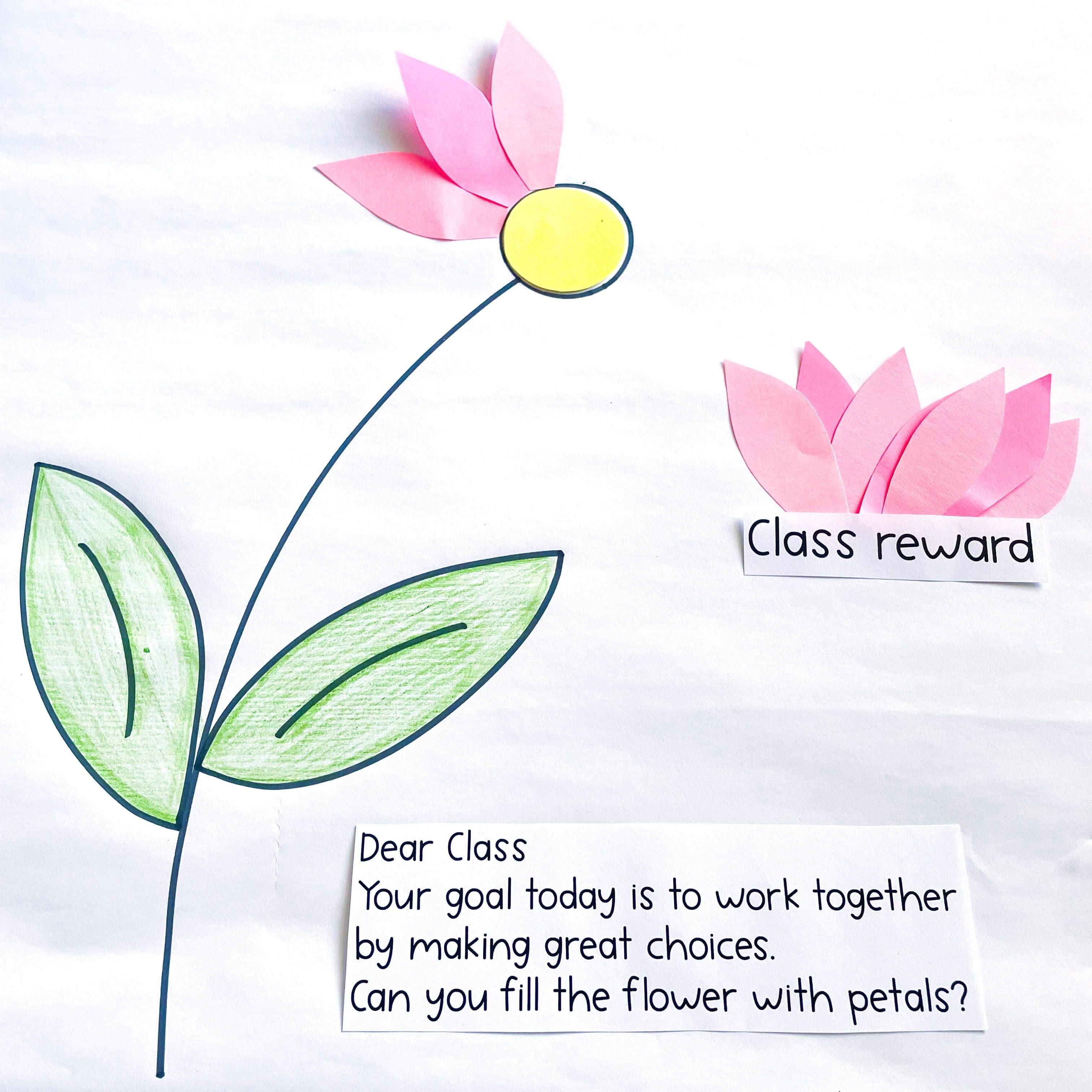
-
-
-
- Giant Thermometer
-
-
Draw a thermometer on the board and fill it throughout the day. When the students get to certain levels, they may earn small rewards. If the class is learning about capacity, you could put a large jug at the front of the class and fill it with water to mix in a little curriculum learning simultaneously.
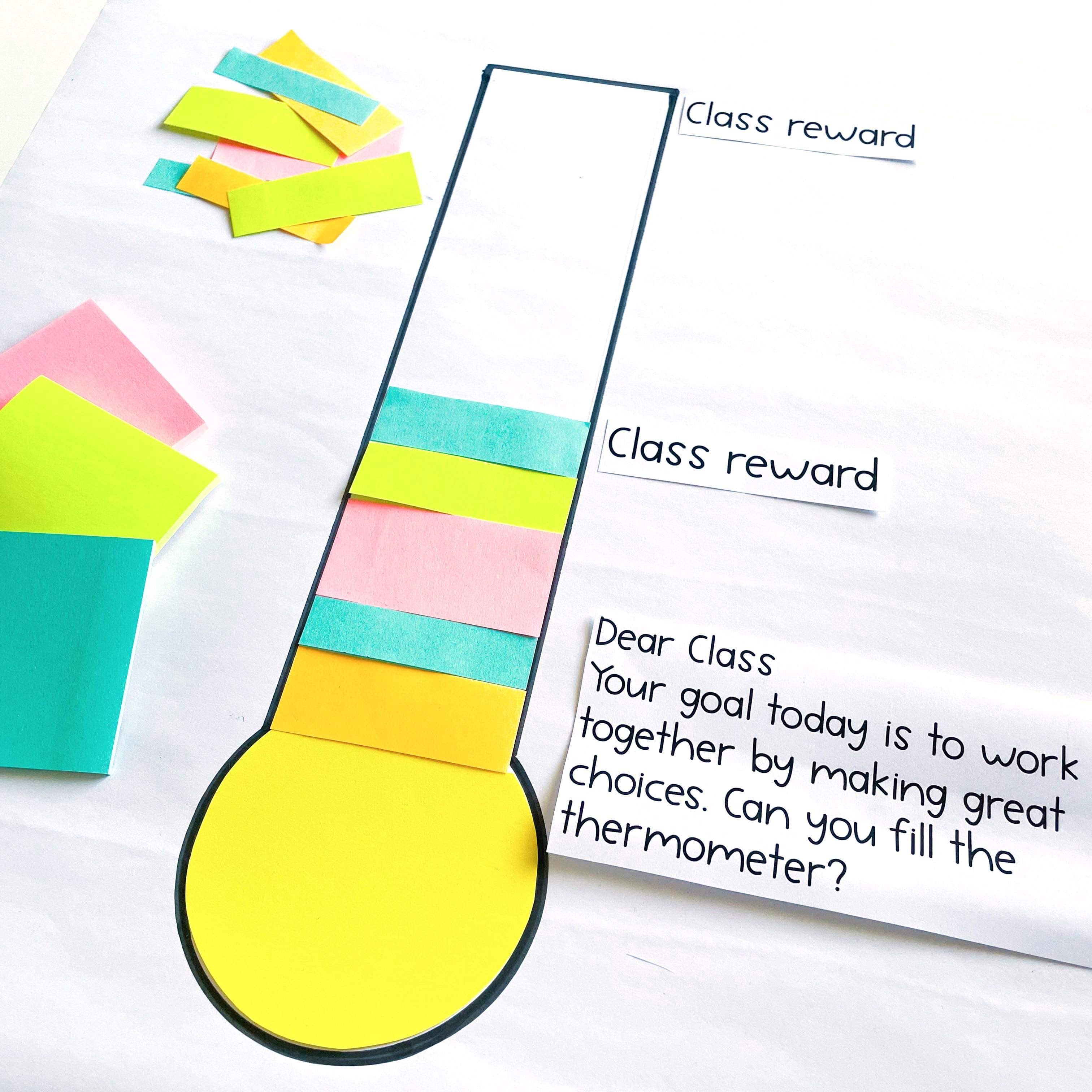
Personal approach
Undesirable behaviours in a classroom often happen when students:
-
-
-
-
- Don’t feel safe (things aren’t what they ’normally’ are)
- They aren’t sure of what is expected of them
- They are bored (or a range of other ‘big feelings’)
-
-
-
Keep this in mind when you are casual teaching. Be explicit with your expectations from the beginning. Take time at the beginning of the day to introduce yourself and layout your expectations and what will be happening for the day. That way, students that need that security aren’t going to be caught by surprise.
Mention the teacher. The students in the class you are visiting will have developed a relationship with their teacher, and it can be powerful when they know you are working as a team with their teacher.
Finally, always have spare activities and/or a reward activities. By having a plan B ready to go, you will always be able to spring into action and keep kids busy, no matter what is being thrown your way. We like to keep a folder of ready to use activities that we can grab at a moment’s notice and keep any fast finishers engaged.
When you are working in schools on a casual basis, you have the opportunity to see teaching from many different perspectives. You might even pick up some awesome ideas to add to your teaching toolkit along the way.
Would you like more help with casual teaching? Read these blog articles.
If class management is an area you would like more help and support, check out our free 4-part training series. The videos are short and sharp but filled with loads of strategies you can use immediately in the classroom. Click here to access the free workshop now.
Need help with more than just getting started? This resource is a sample of our Casual Teacher Starter Kit, which you are going to love!
As a casual teacher, you won’t have colleague support in the same way as you would working in one school. Download this freebie for our tips and tricks and where to go next for more help as a CRT (Casual relief teacher).
Save these ideas for later by planning the image below:
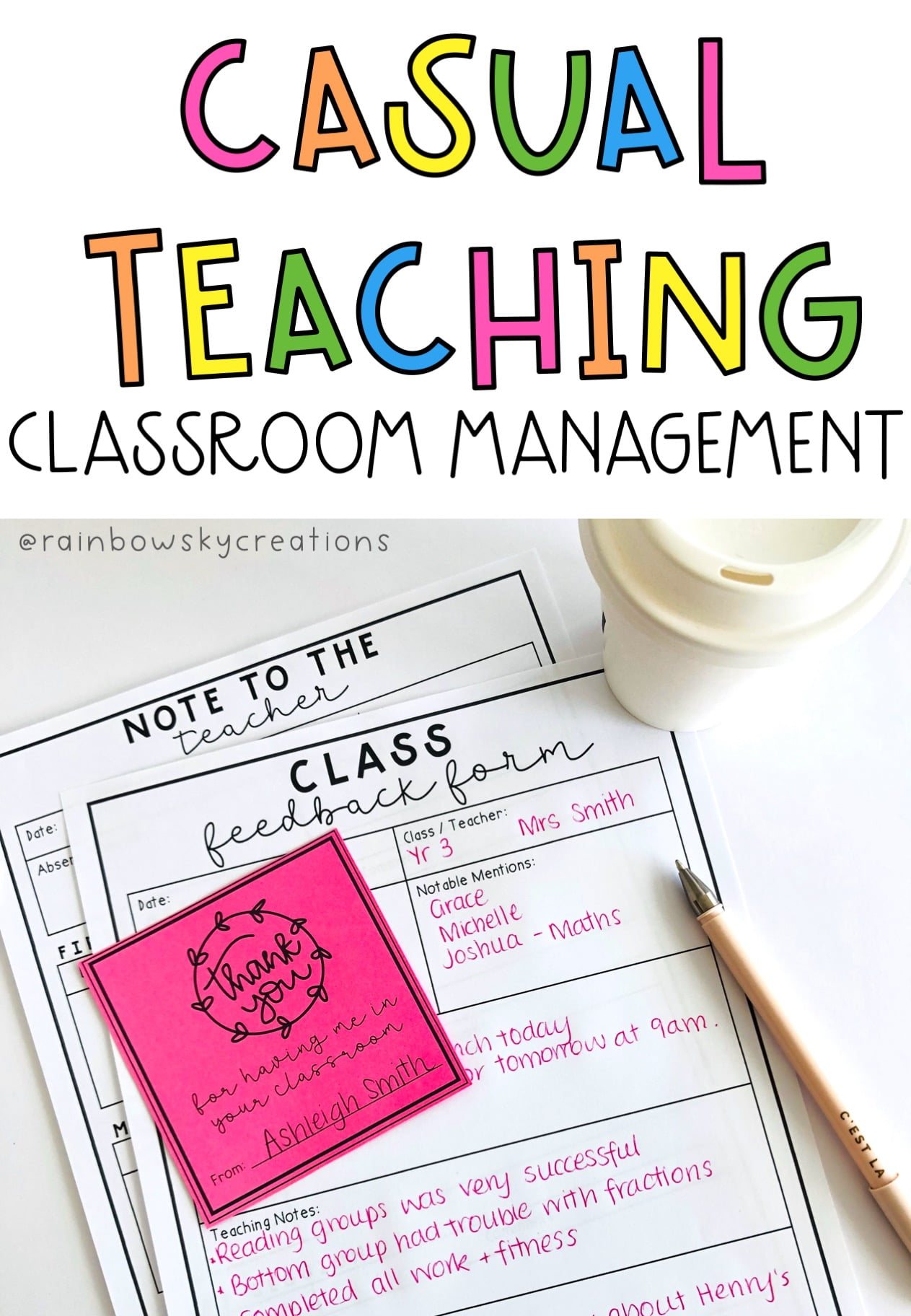
What to read next:
Our top tips for Casual Teachers
